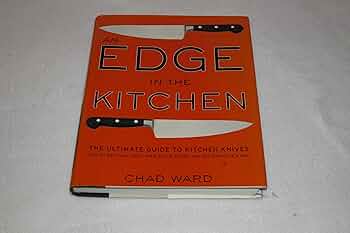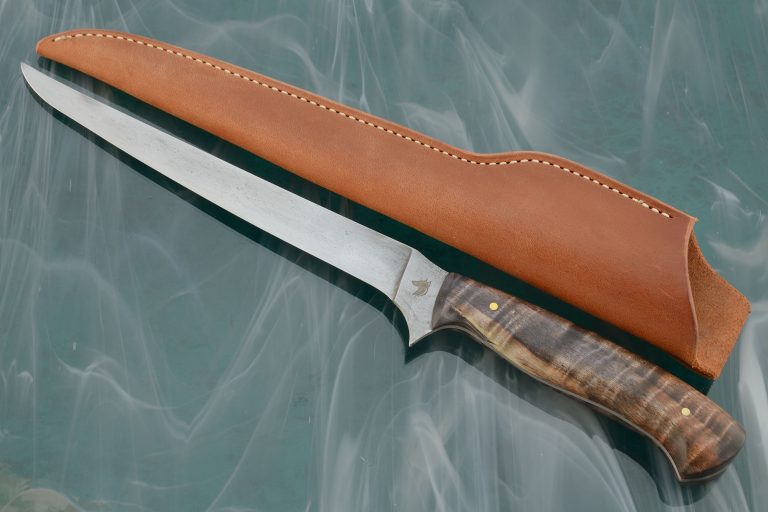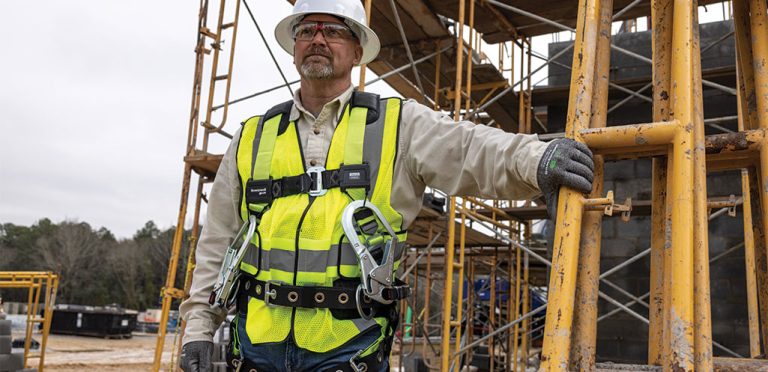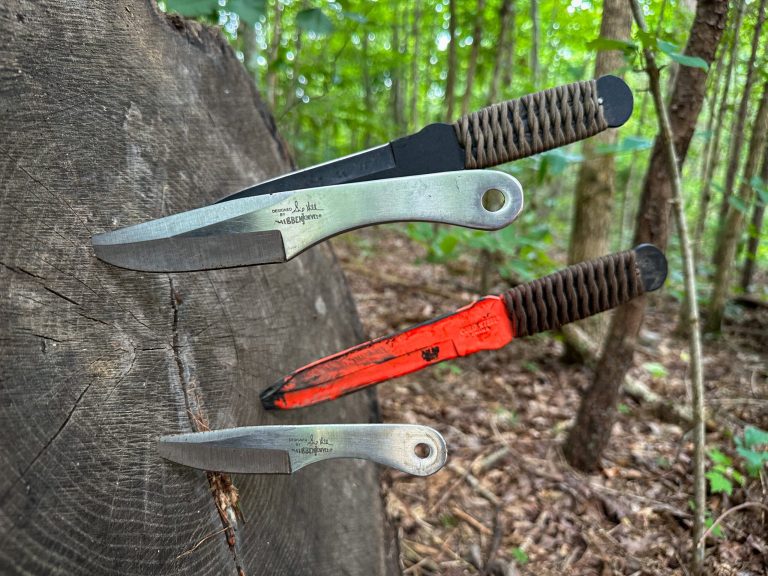What Is the Ideal Thickness of Bushcraft Knives
The ideal thickness of bushcraft knives can vary depending on personal preferences and specific tasks, but generally, a thickness between 3mm and 5mm is recommended. A thinner blade offers better control and precision for tasks that require finesse, while a thicker blade provides durability and strength for heavy-duty tasks like chopping wood or batoning.
The right thickness ultimately depends on the individual’s intended use and comfort level. Remember, the thickness should be chosen carefully to ensure the knife can handle the demands of bushcraft activities efficiently.
Understanding The Role Of Knife Thickness
When choosing a bushcraft knife, understanding the role of knife thickness is crucial. The thickness of a knife blade has a significant impact on its durability and strength, ultimately affecting its overall performance.
A thicker blade offers increased strength, making it ideal for heavy-duty tasks such as chopping wood or batoning. It can withstand rugged conditions and is less likely to break or chip during demanding use.
However, a thicker blade also means added weight, which may affect the knife’s handling and portability. It can be more challenging to control and maneuver, especially during intricate tasks that require precision.
On the other hand, a thinner blade provides increased agility and ease of use. It excels in tasks that require finesse, such as carving or slicing. A thinner blade is lighter and more comfortable to carry, making it suitable for extended periods of use.
Ultimately, the ideal thickness of a bushcraft knife depends on the intended use and personal preferences. It is essential to consider the balance between strength and agility to ensure the knife meets your specific needs in outdoor pursuits.
Factors To Consider When Choosing Knife Thickness
Choosing the ideal thickness of a bushcraft knife is crucial for its performance and durability. When considering knife thickness, several factors come into play. To understand this, let’s take a closer look at the anatomy of a bushcraft knife.
| Subheading: Blade Material and Its Relation to Thickness | Subheading: Factors Influencing Thickness Requirements |
|---|---|
| The choice of blade material is closely tied to the required thickness of a bushcraft knife. High carbon steel blades tend to be tougher and therefore can be thinner, while stainless steel blades require more thickness for strength. | Various factors influence the thickness requirements of bushcraft knives. The intended use, such as heavy chopping or delicate carving, influences the ideal thickness. Additionally, the size and weight of the knife, as well as user preference, play a role in determining the appropriate thickness. |
Considering these factors will help you make an informed decision when choosing the thickness of your bushcraft knife, ensuring it performs optimally in your outdoor adventures.
Finding The Ideal Thickness For Bushcraft Knives
When it comes to choosing the ideal thickness for bushcraft knives, there are a few considerations to keep in mind. For general bushcraft tasks, the optimal thickness tends to range between 3mm and 5mm. This thickness provides a balance between strength and maneuverability, allowing the knife to handle a variety of tasks efficiently.
However, specific bushcraft activities may require different thicknesses. For example, tasks that involve heavy chopping or batoning, like splitting wood, may benefit from a thicker blade around 5mm to 7mm. On the other hand, tasks that require fine carving and precision, such as feathering and detail work, may require a thinner blade around 2mm to 3mm.
When considering the thickness of a bushcraft knife, it’s important to strike a balance with other knife characteristics. Thicker blades offer durability and strength but may compromise agility and weight. Thinner blades provide better control and precision but may be more prone to breaking or bending under heavy stress.
Ultimately, the ideal thickness for a bushcraft knife depends on the specific tasks you intend to undertake. Consider the trade-offs between thickness, durability, agility, and precision to find the perfect balance for your bushcraft needs.

Credit: knifeinformer.com
Conclusion
Choosing the ideal thickness for a bushcraft knife is a crucial decision for outdoor enthusiasts. The thickness of the blade plays a significant role in determining its strength, durability, and functionality. A thinner blade offers great precision and control for tasks that require fine cuts and carving, while a thicker blade provides more strength and resilience for heavier duty tasks like batoning wood and constructing shelters.
Consider your specific needs and preferences, as well as the intended usage of the knife, when selecting the appropriate thickness. It is essential to strike a balance between the thinness and thickness to ensure optimal performance in various bushcraft activities.
Remember that personal preference ultimately plays a role in this decision, and experimentation may be necessary to find what works best for you. By understanding the advantages and disadvantages of different blade thicknesses, you can choose a bushcraft knife that is tailored to your specific requirements and enhances your outdoor experiences.






